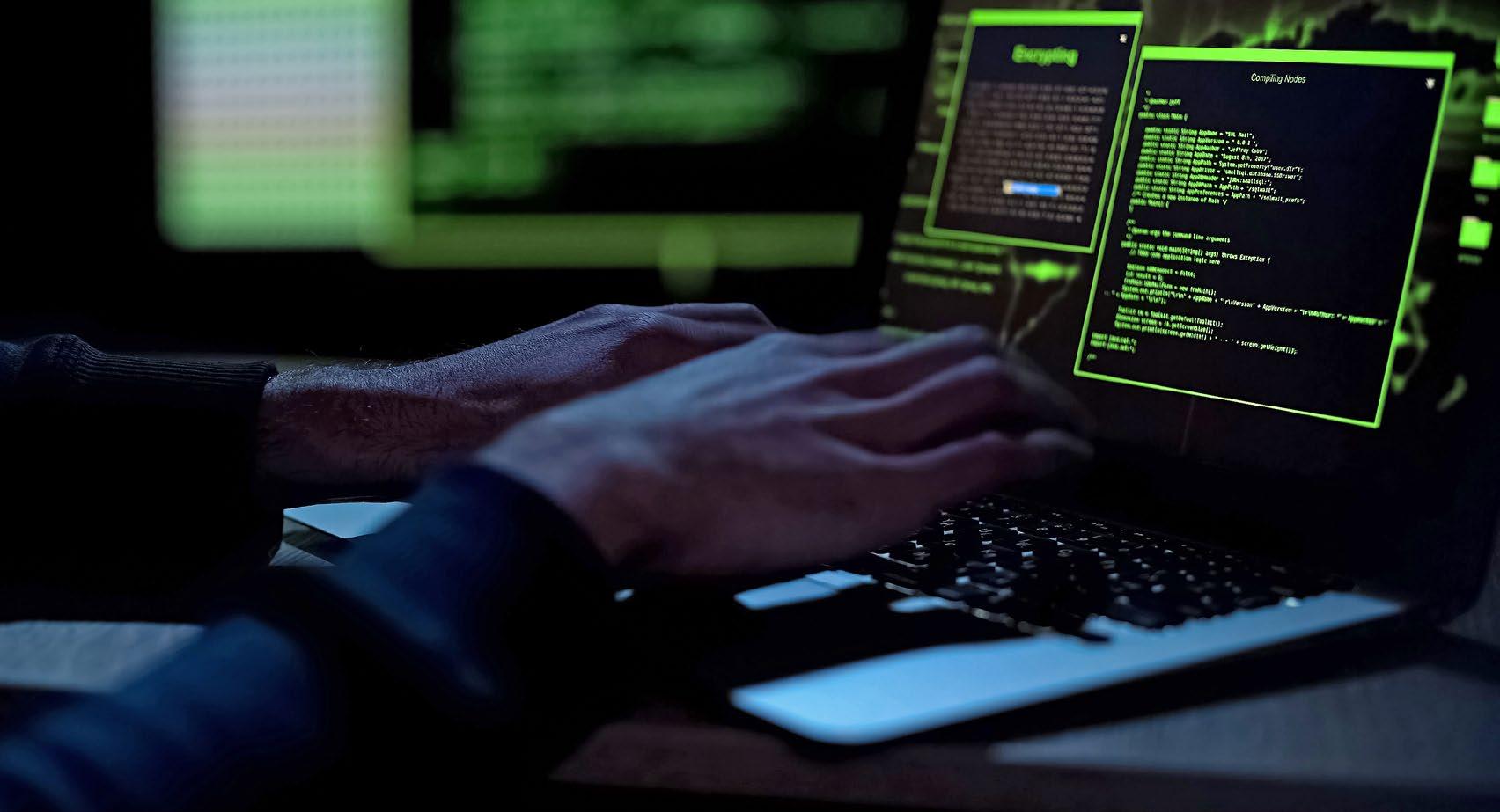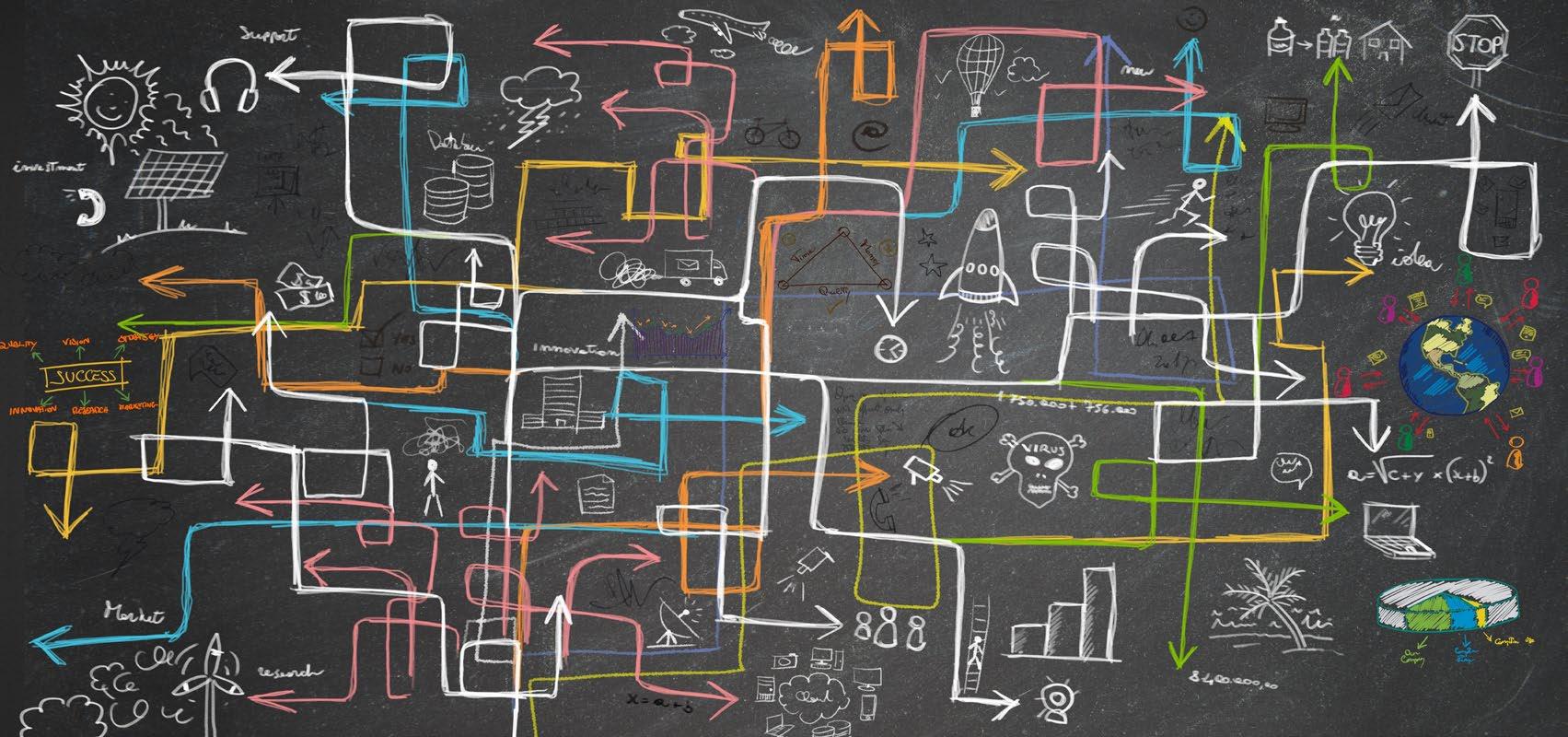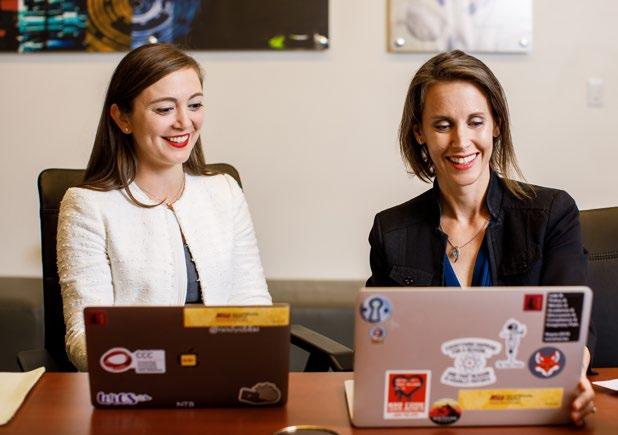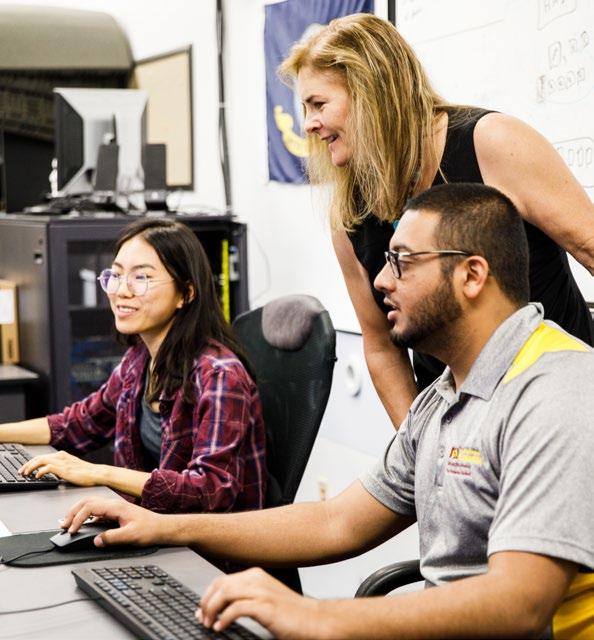
1 minute read
Center for Human, Artificial Intelligence, and Robot Teaming
Advances in artificial intelligence and robotics are producing machines that can work alongside humans as teammates. In order to recognize AI’s full potential, we must understand how to engineer technology that most effectively teams with humans.
Based on lessons from the science of teamwork, the Center for Human, Artificial Intelligence, and Robot Teaming (CHART) is focusing on the system by developing and deploying technologies, tools and best practices to ensure these unconventional teammates complement each other and successfully complete missions.
Capabilities:
• Distributed team training with virtual teammates • Search and rescue missions • Teaming in space operations • Collaborative planning • Driverless vehicles and human drivers
Project highlights:
Artificial social intelligence for assisted teams
Collaborating with over 200 top AI and cognitive science researchers from industry and academia with the goal of producing AI with the social intelligence to team more effectively with humans, as part of a Defense Advanced Research Projects Agency program.
Space challenge
Determining how AI can be used to most effectively and safely support multiteam systems in space by monitoring system performance under variable latency and bandwidth issues in communications to identify anomalies.
Team effectiveness
Developing models and metrics of team effectiveness in future military vehicle crews that include humans and AI working together, by exploring factors that impact team effectiveness within a military reconnaissance scenario.
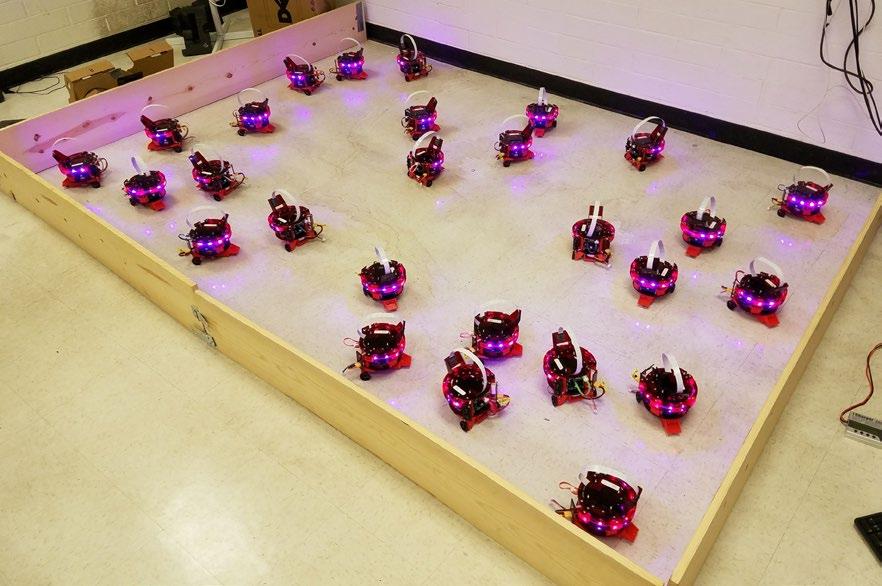
Nancy Cooke, director, Center for Human, Artificial Intelligence, and Robot Teaming


